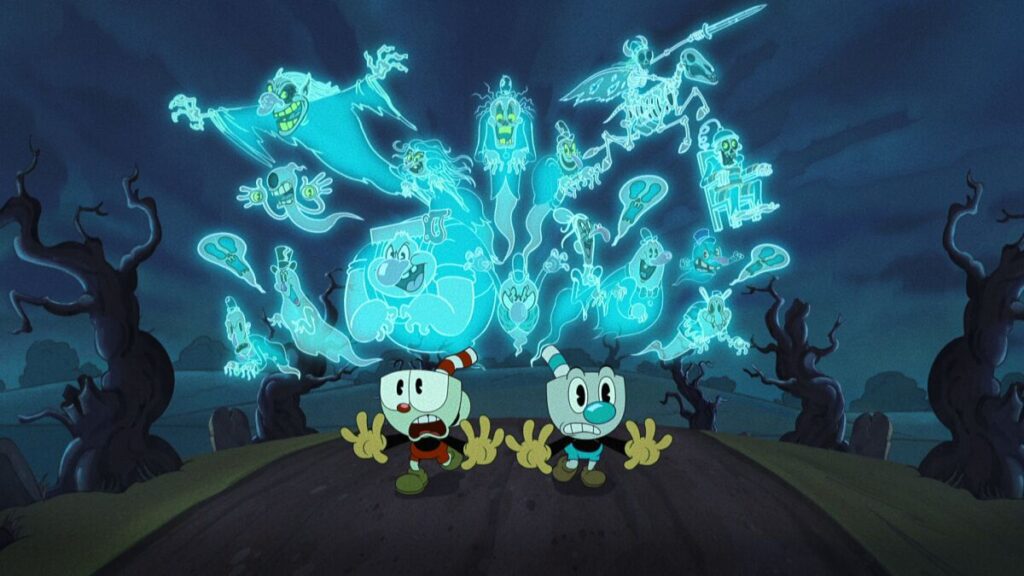Creating a successful video game involves multiple departments working together, including game art and animation. The creative process involves multiple stages, beginning with concept art and pre-production, followed by asset creation, animation and rigging, and testing and refining. The game art and animation team use various software programs to create final high-quality visual elements, incorporating them into the game engine and bringing characters to life with movement and personality. The process is iterative, involving trial and error to refine their craft and create an engaging and visually appealing gaming experience.
The Creative Process of Game Art and Animation: A Journey Through Trial and Error
Introduction
Creating a video game is an intricate process that involves the combined efforts of various departments. Game development is not just about programming or game design. It is also heavily dependent on the game art and animation team to create captivating visual elements that enhance the overall gameplay experience. In this article, we will take an in-depth look at the creative process behind game art and animation and explore how they use trial and error to refine and perfect their craft.
Concept Art and Pre-Production
The first step in creating game art and animation is concept art. This is where the initial ideas and visual designs are created. The concept artist will work with the game designers and programmers to ensure that the game’s art style and direction are aligned with the game’s vision.
Once the concept art is approved, the pre-production phase begins. During this phase, the artists and animators will create rough sketches and storyboards to visualize and refine the game’s visual style. They will also develop character models and environment designs to provide the game’s world with a cohesive look and feel.
Asset Creation
After the pre-production phase, the asset creation process begins. This is where the game art and animation team will create final high-quality assets. These assets may include characters, objects, environments, and user interfaces.
The artists will create these assets using various software programs such as Adobe Photoshop, 3D Studio Max, Maya or ZBrush. In some cases, the game art team may even make use of traditional art techniques before scanning or photographing their artwork into a digital format. Once the digital assets are created, the animators will incorporate them into the game engine and ensure that they function as intended.
Animation and Rigging
After the assets are complete, the animation and rigging phase begins. This is where the animators bring the characters to life by adding movement and personality to their movements. The animators and riggers work together to define character movements, facial expressions, and other non-verbal communication elements.
Rigging is the process of creating a digital skeleton that moves the character’s body parts. Game animators use various software tools such as Autodesk Maya or Houdini to create custom rigs that suit the needs of the game’s environment and character design.
Testing and Refining
The testing and refining process is an integral part of game art and animation development. During this phase, the team tries out various animations and sees how they work in the game engine. They identify any glitches or problems that arise and then refine the animations until they look and feel right.
This phase is often referred to as the “trial and error” stage since some animations may need to be redrawn or reconfigured to look and feel right. Playtesting is a significant part of this phase involving the team and focus groups to provide feedback on the animation’s look, timing, character response, interaction, and functionality.
Conclusion
In conclusion, the creative process for game art and animation is a lengthy and intricate journey. The game art and animation team’s ability to work together to bring a game to life is essential for any game’s success. The process involves concept art and pre-production, asset creation, animation and rigging and testing and refining. Game art and animation designers frequently use trial and error to refine their craft and create a game that is both visually appealing and engaging. These trials and errors are required to make a captivating and immersive gaming experience.
